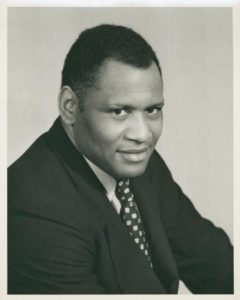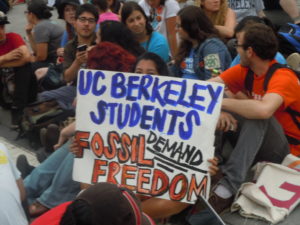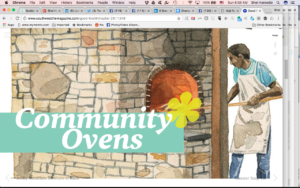Where Do We Find Our Courage?
In the aftermath of the Charlottesville Massacre (a massacre that kills one person is still a massacre in my opinion, if deliberately intending to harm many—19 were injured by the madman’s car), an activist friend posted a cry for help. This is a piece of it:
…how can I fight this if I’m scared? And if I’m scared and it immobilizes me then who else will be able to face that fear and take action? And we must take action. We white people must take action. We must be at the forefront of this fight. With our sisters and brothers of color.
All my life I have fought for justice, for people, for equity. How do I step up to this fight with my full self and do what has to be done? How are you doing it?

It’s OK to be scared, and then do the work anyway—that’s what courage is. I know you already know this, but maybe others reading here will take inspiration.
The times in my life when I’ve done this, and there have been several, have been among the most meaningful moments of my life. But I’m no great hero—and the times when I failed to step up and do the right but scary thing are some of my few regrets. Here are two successes and one failure that I’m thinking about in particular.
1. In 1975 and 1976, I ran the Gay Center (that’s what we called it back then) at Antioch College. I left when the semester was over and began a summer-long hitchhiking trip. A few weeks later, on July 5, 1976, I stopped by for a short visit. I still had the Gay Center key and was crashing there. During that visit, some creep threw a rock through the center’s window, wrapped in a vile hate-speech note with a swastika drawn on it. I not only went to the police [and the campus authorities], but I wrote a letter to the school paper, including the full text of the foul note, and called out the perpetrator. Nobody offered any protection [nor did I request any] and I kept sleeping there until I pushed west.
2. When the US bombed Libya in the early 1990s, I called up [local peace activist] Frances Crowe and asked her where and when the demonstration would be. She said she didn’t know of one. I said “noon at the courthouse.” I was out there by myself the first day, and the passers-by were hostile enough that I was worried for my safety. But I was back the next day with a handful of others, and the day after that with about 20 folks, and I watched the tide turn. By that third day, supporters passing by far outnumbered hostiles. I felt my actions had made a real difference.
The regrets are mostly about not having the strength to verbally interrupt oppression. I’ve gotten better at this over the years. Many of the incidents were when I was a child or teen and didn’t have the strength or the skills to do this in a positive way. But I particularly regret one incident in 1986 when I should have been able to think and act differently: I failed to interrupt a neighbor’s racist comment. We had just moved in next door and I was in his living room at that moment, getting acquainted. I let the comment go by as if I hadn’t heard it. 31 years later, I still feel shame about that.









